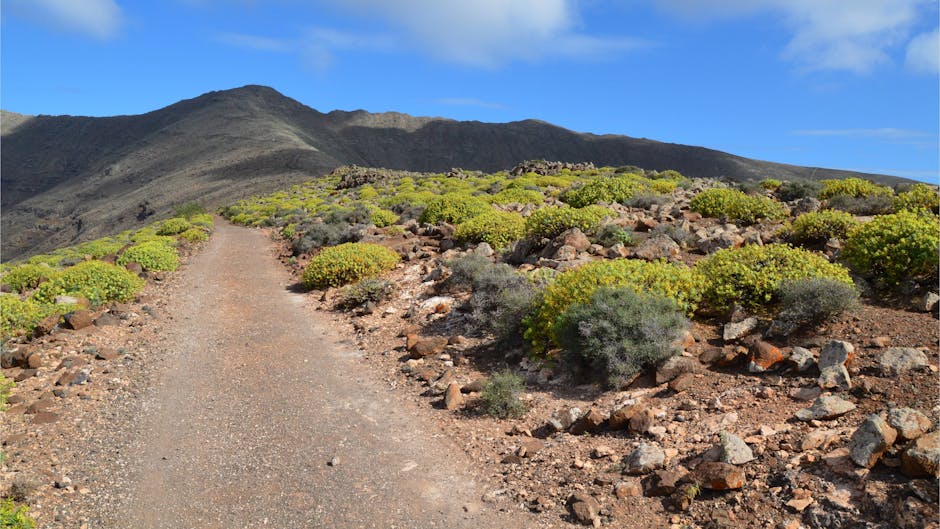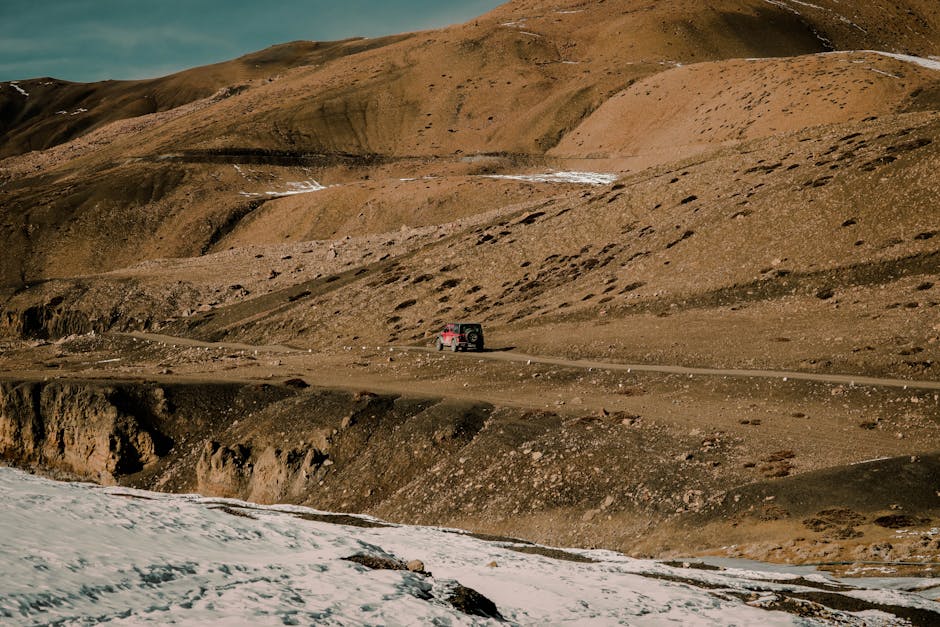Is Trail Ridge Road Open? Your Ultimate Guide to Planning Your Rocky Mountain National Park Trip
Planning a trip to Rocky Mountain National Park and wondering, “Is Trail Ridge Road open?” This comprehensive guide will provide you with all the information you need to determine the road’s status, plan your visit, and make the most of your experience in this breathtaking national park.
Understanding Trail Ridge Road’s Seasonal Closures
Trail Ridge Road, the highest continuous paved road in the United States, is renowned for its stunning scenery and unparalleled views of the Colorado Rockies. However, its high elevation (reaching over 12,000 feet) means it’s susceptible to harsh winter weather conditions. As a result, the road typically closes during the winter months, usually between October and late May or early June, depending on snow conditions.
Factors Affecting Trail Ridge Road’s Opening and Closing
- Snow Accumulation: The primary factor determining the road’s closure and reopening is the amount of snowfall and the persistence of snowpack. Heavy snowfall can lead to extended closures.
- Avalanche Risk: The high elevation increases the risk of avalanches, further impacting the road’s accessibility.
- Road Conditions: Park officials carefully assess road conditions, including ice, snow, and potential hazards, before reopening Trail Ridge Road to ensure visitor safety.
- Weather Forecasts: Ongoing weather monitoring plays a critical role in predicting and adapting to changing conditions, affecting opening and closing schedules.
How to Check Trail Ridge Road’s Current Status
There are several reliable ways to check if Trail Ridge Road is currently open before embarking on your journey:

- Official Rocky Mountain National Park Website: The park’s official website is the most authoritative source for real-time updates on road conditions. Look for press releases, alerts, and frequently asked questions (FAQs) sections dedicated to Trail Ridge Road’s status.
- National Park Service (NPS) Alerts: The NPS provides alerts and updates on various park conditions, including road closures, through its website and social media channels. Subscribing to email alerts can ensure timely notification.
- Road Condition Hotlines: Some local sources may offer road condition hotlines that provide up-to-date information, though the park’s official channels are always the best bet.
- Mobile Apps: Several mobile applications specialize in providing real-time information on road conditions and closures. Some GPS navigation apps may also display current closures.
- Local News and Weather Reports: Local news outlets in the Estes Park area often report on Trail Ridge Road’s status, offering insights beyond official sources.
Planning Your Visit: Beyond Trail Ridge Road’s Open Status
Even if Trail Ridge Road is open, careful planning is essential for a successful trip to Rocky Mountain National Park. Consider the following factors:

Altitude Sickness
Trail Ridge Road’s high elevation can cause altitude sickness in some visitors. Acclimatize to the altitude gradually, stay hydrated, and avoid strenuous activity on your first day. Be prepared for potential symptoms such as headache, nausea, and fatigue. Consider consulting your doctor if you have pre-existing health concerns.
Weather Conditions
Mountain weather can change rapidly. Be prepared for unpredictable conditions, even in summer. Pack layers of clothing, rain gear, and sunscreen. Check the forecast before your visit and be prepared to adjust your plans based on the weather.
Traffic and Crowds
Rocky Mountain National Park is a popular destination, particularly during peak season. Expect significant traffic, especially on weekends and holidays. Consider visiting during off-peak times or purchasing a timed-entry permit if required. Allow ample time for travel and be patient in navigating congested areas.

Safety Precautions
Always prioritize safety. Be aware of wildlife, such as elk and bears, and maintain a safe distance. Stay on marked trails, and never approach or feed wildlife. Carry plenty of water, snacks, and a fully charged cell phone. Inform someone of your itinerary before embarking on any hike or activity.
Alternative Routes and Activities
If Trail Ridge Road is closed, don’t despair! Rocky Mountain National Park offers a wealth of other scenic drives, trails, and activities. Explore the park’s lower-elevation roads and trails for equally stunning views and diverse landscapes. Consider visiting Bear Lake, Alberta Falls, or Moraine Park for incredible natural beauty without the high-altitude challenges of Trail Ridge Road.
Exploring the Park’s Lower Elevations
The park offers many other beautiful areas at lower elevations, such as the Moraine Park area, offering stunning views of the mountains and plenty of hiking trails. These areas are usually accessible even when Trail Ridge Road is closed.
Conclusion: Enjoy Your Rocky Mountain Adventure
Planning your trip to Rocky Mountain National Park involves checking the status of Trail Ridge Road, but the experience encompasses far more. By understanding the factors affecting the road’s accessibility, utilizing reliable resources for updates, and planning for all eventualities, you can make the most of your visit and enjoy this spectacular natural wonder. Remember, flexibility and preparation are key to a successful and memorable Rocky Mountain National Park adventure.

